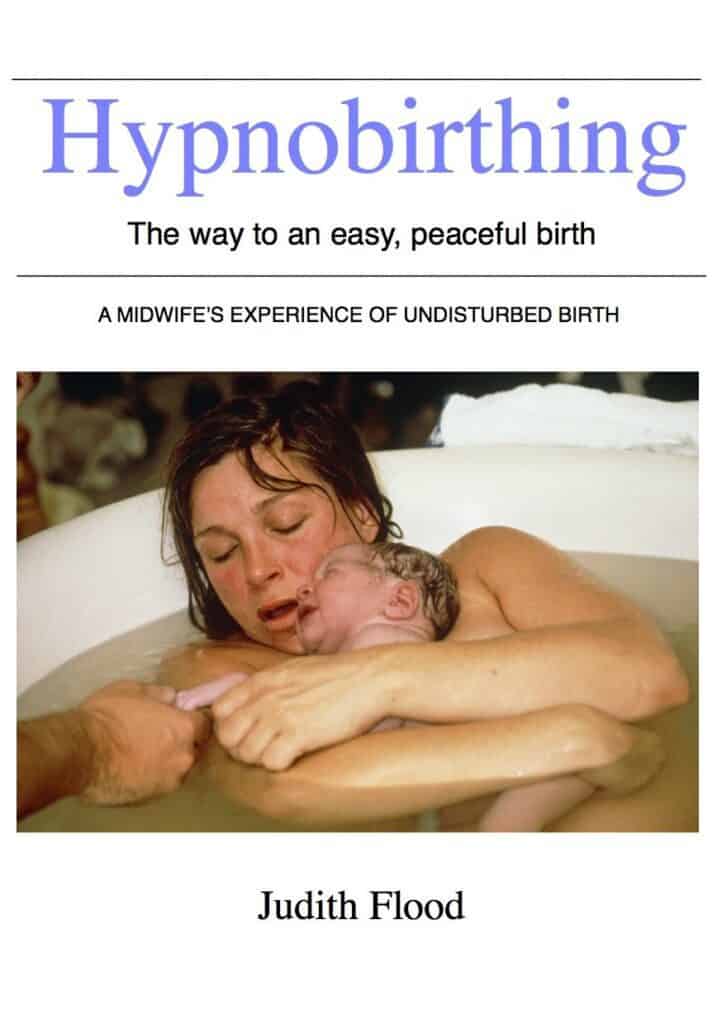Newsletter 3, September 2020, By Judith Flood


I first encountered women using Hypnobirthing techniques during their births around 15 years ago whilst working on busy alongside Birth Centre in an inner London Trust. Hypnobirthing was almost unheard of in the UK at that time but a small bubble of popularity had grown in that part of the world, possibly related to the relatively high home birth rate and a well-established case loading model of care in the area.
At that time, I had absolutely no idea about what hypnosis was or how it worked but what was undeniable was that the women I was privileged to witness using the techniques certainly benefitted from them. Every hypnobirth, just like every birth, is unique but repeatedly, I would observe how women were enabled to be calm, confident and in control with relatively simple techniques such as breathing or listening to hypnobirthing tracks.
The difference in these births was so compelling at the time that it led me to become immersed in the principles and practice of hypnobirthing and hypnotherapy. Since that time, I have taught Hypnobirthing to hundreds of women and their birth supporters, trained as a hypnotherapist, written a book (Flood, 2012) and trained hundreds of midwives to teach their own hypnobirthing classes.
We all agree that midwives are in a unique position to be able to enable women to have the best birth they can have and crucially to enable women to stay in control of their bodies, their babies and their births. Hypnobirthing is all about this and helps women to be the captains of their births in all its glorious aspects.
Most research around Hypnobirthing looks at its effect in terms of reducing the need for pain relief (Madden et al., 2016, Downe et al., 2016). In other words, it presumes that Hypnobirthing is a form of pain relief but I believe this has somewhat missed the point. Hypnobirthing is all about control. It is about women being able to stay in control, which is linked to feeling safe, which we all know is fundamental not only to the hormonal and biological path of birth but is a basic human right. The loss of control that so often comes with being processed through a maternity unit is not only traumatising to both mother and baby, it inhibits the birthing body on a physiological level. The ideas of Hypnobirthing are very simple, and they are the very essence of midwifery practice. It teaches women to feel confident in their birthing bodies by understanding them and knowing that birth is a natural bodily process that will happen automatically and all they have to do is relax and let go.
Hypnobirthing teaches women and their supporters that anyone can learn to be focused and calm. It teaches them that hypnosis is a natural state that enables them to access the calm part of themselves, feeling in control. It teaches them that everyone benefits from a birthing woman being calm and confident; the birthing woman, her supporters, her baby and her care givers. For some, this means that they reframe the intensity of giving birth from pain to something else. A woman once said to me that ‘pain’ was just the wrong word to describe the sensations she experienced whilst birthing. She didn’t deny the power and intensity of what was happening but just didn’t view it as painful. Lots of women, however, do experience pain whilst using hypnobirthing but very often they will state that the pain is manageable because they are in control of it and it doesn’t overwhelm them. If someone is able to stay calm and in control everything feels easier even painful contractions.
Judith Flood is an experienced midwife with over 20 years of clinical practice and has worked in Higher Education as a midwifery lecturer for the past 5 years. She runs an online Hypnobirthing Practitioner training course specifically tailored for midwives and student midwives.
For more information and to book onto a course email judithfloodrm@outlook.com:
References Downe, S., Finlayson, K., Melvin, C., Spiby, H., Ali, S., Diggle, P., Gyte, G., Hinder, S., Miller, V., Slade, P., Trepel, D., Weeks, A., Whorwell, P. and Williamson, M., 2016. Self-Hypnosis for Intrapartum Pain Management in Pregnant Nulliparous Women. Obstetric Anesthesia Digest, 36(2), p.102.
Flood, J., 2012. Hypnobirthing, The Way To Any Easy, Peaceful Birth. [London UK]: The Association Of Hypnob.
Madden, K., Middleton, P., Cyna, A., Matthewson, M. and Jones, L., 2016. Hypnosis for pain management during labour and childbirth. Cochrane Database of Systematic Reviews,.


